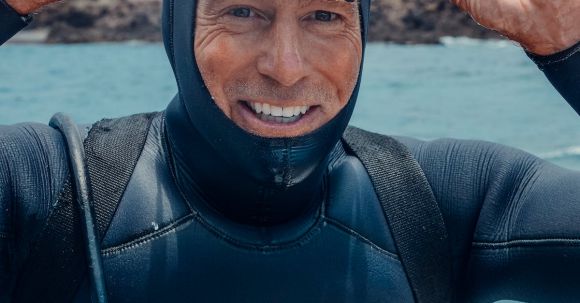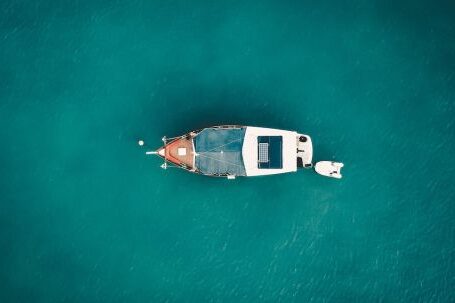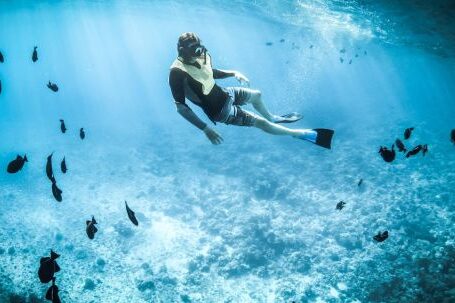Diving is an exhilarating sport that allows you to explore the wonders of the underwater world. Whether you are an experienced diver or just starting out, having the right wetsuit is essential for your comfort and safety. With so many options available, it can be overwhelming to choose the right one. This guide will help you navigate the world of wetsuits and select the perfect one for your diving needs.
Understanding Wetsuit Thickness
The first thing to consider when choosing a wetsuit is the thickness. Wetsuits are made from neoprene, a synthetic rubber that provides insulation. The thickness of the neoprene determines how warm the wetsuit will keep you in the water. Thicker wetsuits are suitable for colder water temperatures, while thinner ones are ideal for warmer climates.
Consider the Water Temperature
Before selecting a wetsuit, it is important to know the water temperature of the diving location. If you are diving in tropical waters, a thin wetsuit with a thickness of 3mm or less will suffice. For colder water temperatures, such as those found in the North Atlantic, a thicker wetsuit with a thickness of 5mm or more is recommended.
Finding the Right Fit
A proper fit is crucial for a wetsuit to effectively keep you warm. A wetsuit should fit snugly, but not too tight, as this can restrict movement and cause discomfort. It should allow for easy movement of the arms and legs without any restrictions. When trying on a wetsuit, make sure it is not too loose or too tight around the neck, wrists, and ankles, as this can result in water leakage.
Choosing the Right Style
Wetsuits come in different styles, including full suits, shorties, and two-piece suits. Full suits cover the entire body and are suitable for colder water temperatures. Shorties, on the other hand, are sleeveless and are ideal for warmer climates or divers who prefer more freedom of movement. Two-piece suits consist of separate tops and bottoms, offering versatility for different water temperatures.
Considering Additional Features
Some wetsuits come with additional features that can enhance your diving experience. These features may include reinforced knees for added durability, built-in hoods for extra warmth, or extra padding for protection. Consider your diving needs and preferences when choosing a wetsuit with additional features.
Taking Care of your Wetsuit
Proper care and maintenance of your wetsuit are essential to prolong its lifespan. After each dive, rinse your wetsuit with freshwater to remove salt and debris. Hang it in a shaded area to dry, avoiding direct sunlight as it can damage the neoprene. Store your wetsuit in a cool and dry place to prevent mold and mildew growth.
Conclusion
Choosing the right wetsuit for diving is a crucial decision that can greatly impact your comfort and safety underwater. By considering factors such as water temperature, wetsuit thickness, fit, style, and additional features, you can find the perfect wetsuit for your diving adventures. Remember to take proper care of your wetsuit to ensure its longevity. Now, gear up and dive into the incredible world beneath the surface!





